Circle.ci vs Jenkins: Battle of the CI/CDs
Continuous integration and delivery are necessary in any production level software development process. CI/CD are more than just buzzwords. Rather, it is a fully-fledged methodology of
Updated 03.2024
Is there a way to easily fix and debug issues that only happen in specific production systems? There is. The way to fix them is by making your testing system identical to the production systems. Then you can use every tool in your arsenal to tackle the issue far away from production. But how do you make the testing environment identical to the production environment? That is where Infrastructure as Code comes into play.
IaC is a set of tools designed specifically to make different systems as closely configured as possible. They are a solution to the problem of inconsistent environments. By provisioning cloud computing via code rather than manually, you guarantee all systems are the same. IaC removes the human component of setting up servers, virtual machines, and provisioned cloud computing through an automated process.
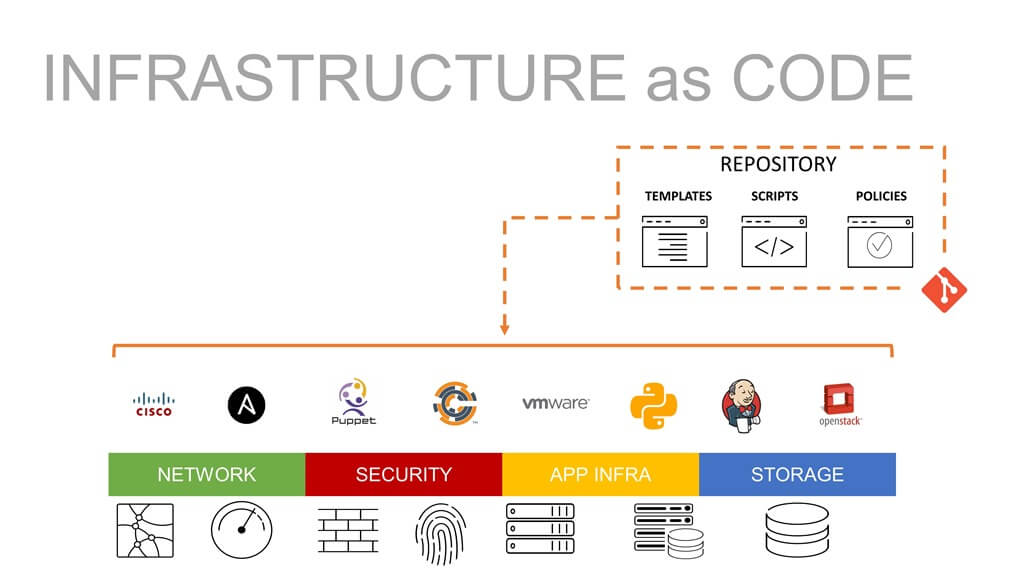
IaC is typically defined in one of two ways – Declarative IaC or Procedural IaC. A declarative definition is a set of parameters that instruct the software on how the system needs to be configured once the process is complete. In contrast, procedural definitions are a set of operations on what the system needs to do to reach the correct configuration.
Reliability – Automated Infrastructure creation creates reliable and safe systems.
Scaling – Once an IaC is defined, scaling into many systems has reduced cost and time investment.
A global solution – The nature of IaC means that any system can be used with it, whether it is in the Cloud or local, VM or not.
Better testing – A development team that employs IaC can always test on systems identical to production. Consistent systems increase the efficacy of testing and reduce surprises at later stages.
Version Control – Like code, IaC can be version controlled, so when something environmental causes the system to respond incorrectly, it can be rolled back and investigated.
Security – It is far easier to adhere to security standards when all your systems are configured the same way. There is less room for error which means less opportunity for misconfiguration that opens you up to attacks.
Documentation – IaC is a self-documenting practice, as the definitions of the IaC serve to inform everything about the system’s configuration.
Cost – All of the above lead to a reduction in price in the long run. As your needs scale, the returns on investment grow. The earlier you deploy using IaC, the better the rewards.
While there are many benefits to IaC, it is essential to keep in mind that there is a steep learning curve. Changing into IaC can be challenging if you already have systems running, which is another reason why early is better. The advantages far outweigh the challenges, much like setting up a CI/CD pipeline.
Terraform is a free and open-source tool created by HashiCorp. It is also one of the most popular IaC tools. Terraform takes the declarative approach to IaC with a pre-execution check to maintain the desired result has been achieved.
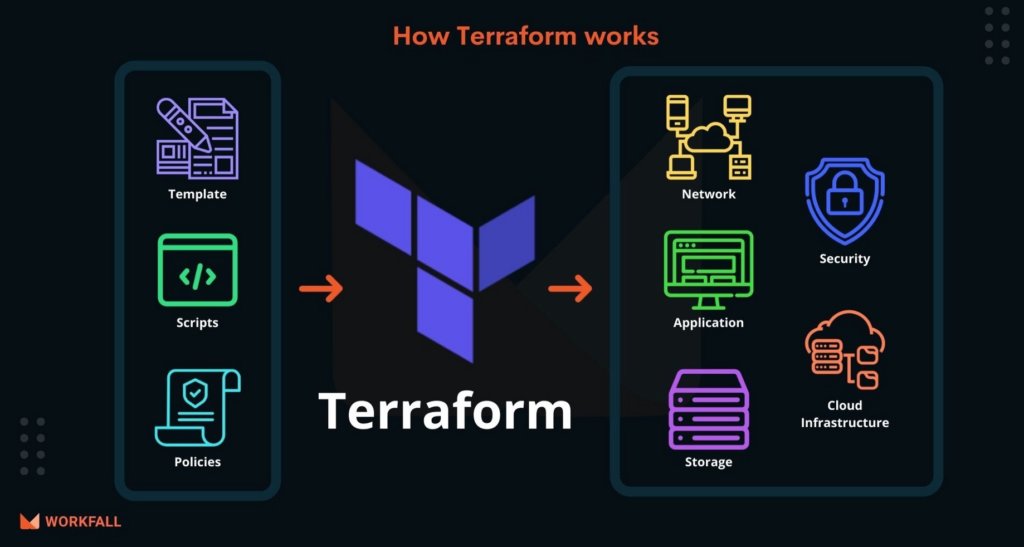
Terraform is sometimes used as a base tool in conjunction with Ansible. The open-source nature lends itself to be highly compatible with cloud services such as AWS, Google Cloud, Microsoft Azure, and OpenStack.
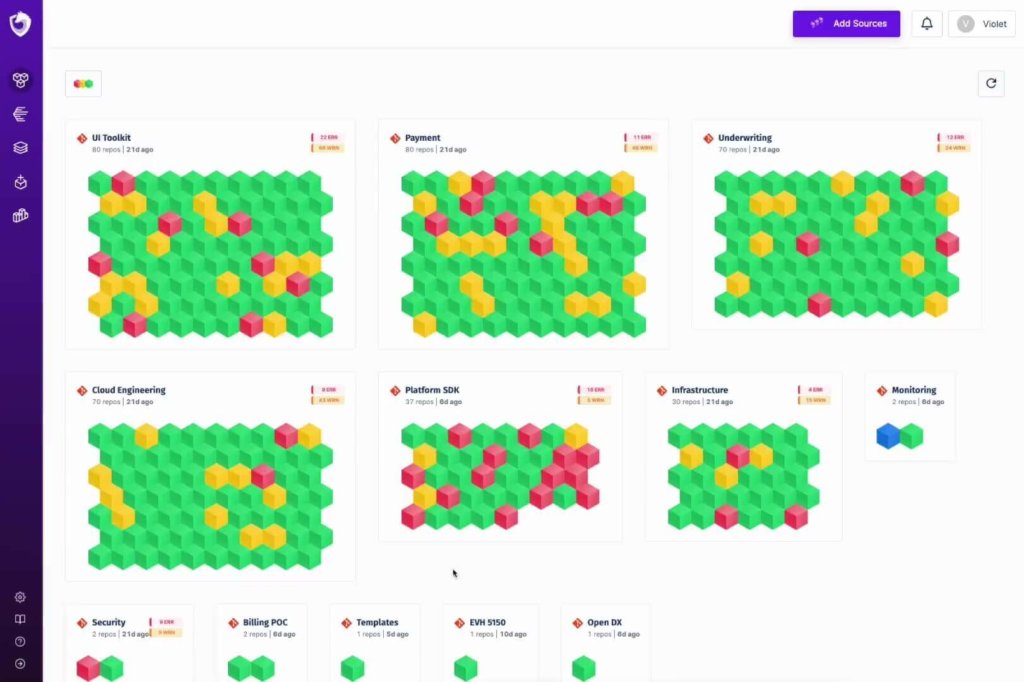
Spectral is not strictly an IaC solution. However, if you are looking for an IaC solution you’re going to need an IaC security solution too, and Spectral can help.
Configuration files are the most common locations for secrets to hide in, and IaC configuration files are no different. Credentials are an essential part of any system setup, and it is widespread for developers or DevOps to hard code credentials into configuration files during the initial setup. If those secrets are left unchecked, it can lead to catastrophic data breaches. Make sure to protect yourself from possible secret leaks with a secret scanner such as SpectralOps.
AWS’s own CloudFormation is an integrated IaC solution that comes with the platform and covers DevOps’ needs and best practices. CloudFormation is another declarative solution, and since the software works specifically with AWS infrastructure in mind, the margin of error is small when working with AWS.
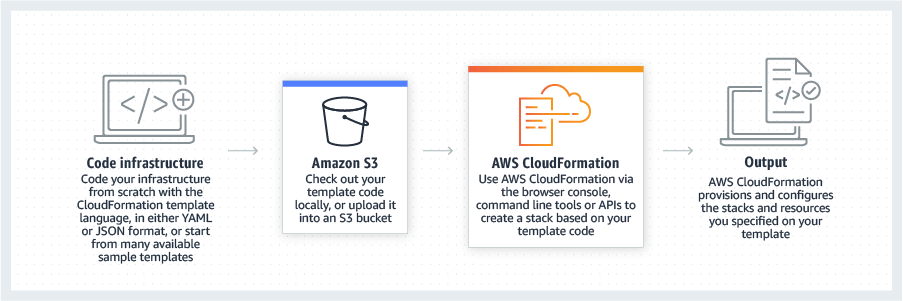
The declarations are made using YAML or JSON and can work from templates. CloudFormation also has a Rollback Trigger feature that automatically reverts to a working state in case of errors.

Microsoft Azure has its own IaC tool integrated into its system. One of the most talked-about benefits of ARM is that it is easy to use. Ease of use is a strong selling point for an IaC, which are otherwise quite complex systems. However, You might need to learn some terminology specific to ARM. Another vital feature of ARM is role management and resource management, two features integral to the design that make resource allocation easier.
Google Cloud’s Deployment manager uses a YAML and Python declarative language to describe the target and lets the system figure out how to get there. GCDM is designed for scale and has features for quickly expanding and deploying additional resources. GCDM also has high compatibility with third-party resources and an extensive external API. Some users complain about the lack of a rollback feature, citing its necessity.
Chef is the first procedural tool on the list, describing the system’s steps to arrive at the final state rather than describing that state. Using aptly named “Cookbooks,” you can describe various processes by which you can configure a new system to the desired state.
One of the strengths of Chef is that it is a popular tool that works with many platforms such as AWS, Google Cloud, and Azure. The widespread appeal of Chef allows users to migrate to a different cloud platform without losing their IaC configurations.
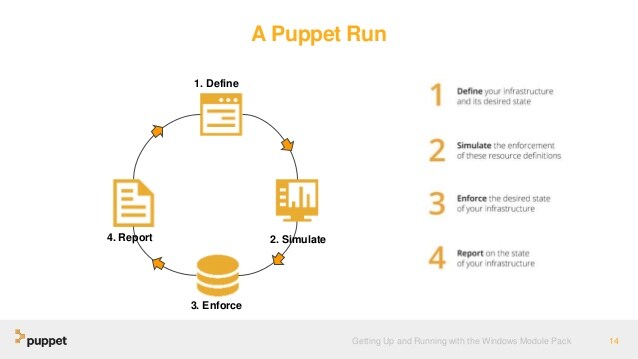
Puppet is an open-source tool that, like Chef, can integrate with any existing platform. The main difference between Puppet and Chef is that Puppet is declarative, which some consider the preferred method of IaC. As open-source software, Puppet has a large community called forge, dedicated to improving and extending Puppet.
SaltStack is a python based IaC tool that supports both declarative and procedural definitions for resource provisioning.
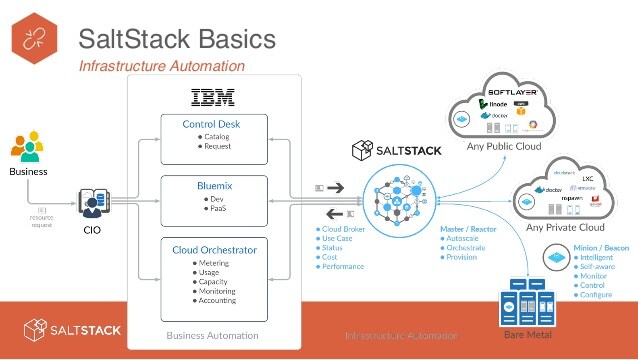
One of the major selling points of SaltStack is remote SSH connection and agent-based operations. However, some users have noted that SaltStack is not the most secure IaC solution; you must consider this when choosing your tool. The open-source nature of SaltStack means that there is a more accessible avenue for improvement if you are to invest some time in it.

Vagrant is HashiCorp’s solution to small-scale computation environments. Unlike their other product, Terraform, which focused on large-scale cloud infrastructure. Vagrant is a declarative definition tool that can work with other IaC tools, especially the procedural ones, to enforce uniformity across systems. It also works well on any OS, whether it is Mac, Linux, or Windows.
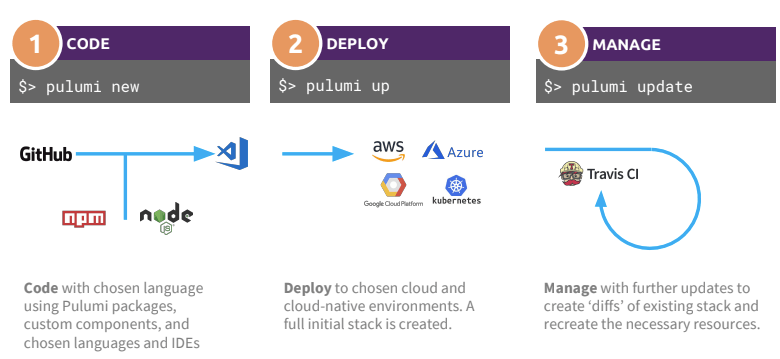
Pulumi is a newer tool in IaC and attempts a more modern approach with actual code definition. Unlike other tools that use Python, YAML, JSON, or Ruby tools, Pulumi leverages powerful programming languages such as C#, Python, Go, and JS when coding instructions. This makes it the only tool that is genuine Infrastructure as Code, rather than definition-based. Being new, it is hard to say if it will drive a modern standard or simply be an alternative. It is already gaining popularity, so it is worth checking out.

IaC is the future of large-scale computing. There is currently no alternative that provisions resources as effectively and consistently as IaC tools. It is crucial to any organization looking to scale up, but it can also be a time-saver for smaller organizations looking to start small.
When choosing an IaC, you might be tempted to go with the tool associated with the cloud infrastructure such as AWS, Azure, or Google Cloud. However, it is essential to make sure the tool covers your needs and consider how coupling IaC with infrastructure providers might make it more challenging to change cloud providers down the line if a need arises.
No matter which IaC tool you choose, a complement of supporting tools such as SpectralOps secret scanner and others will make sure your large-scale operation remains secure in the long run.
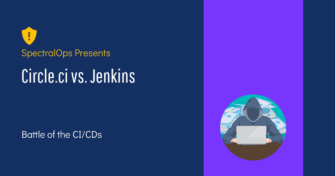
Continuous integration and delivery are necessary in any production level software development process. CI/CD are more than just buzzwords. Rather, it is a fully-fledged methodology of

Jenkins is the most used open-source CI/CD solution out there. Being a FOSS project usually means that there’s an ever-growing number of extensions and capabilities for
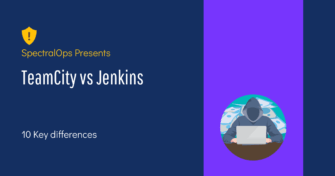
Code fast and break things may be a healthy approach when you’re rushing to present investors with a POC. However, when it comes to developing real-world